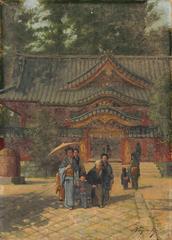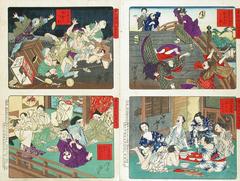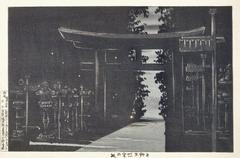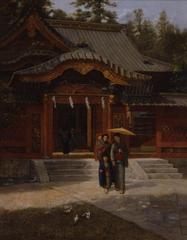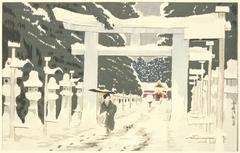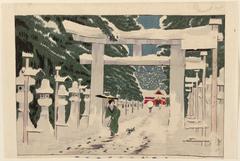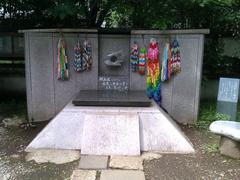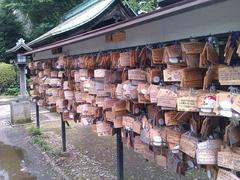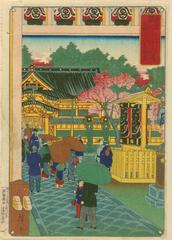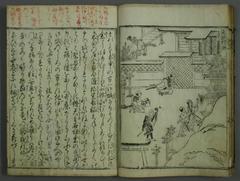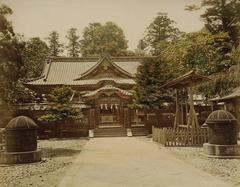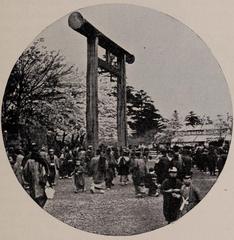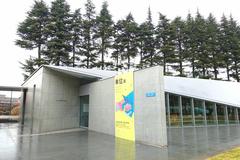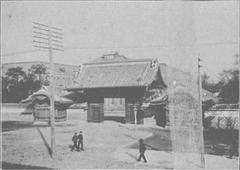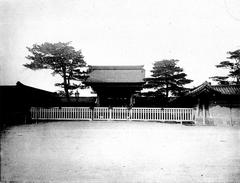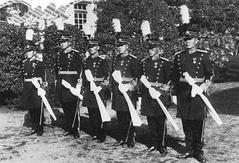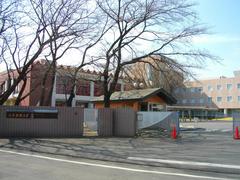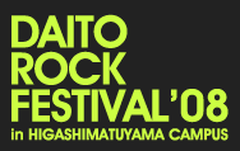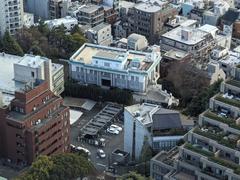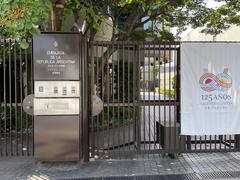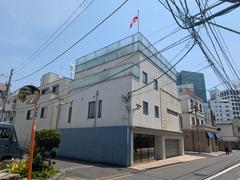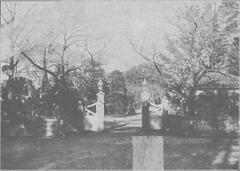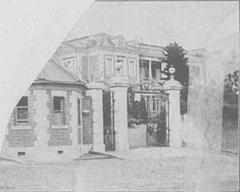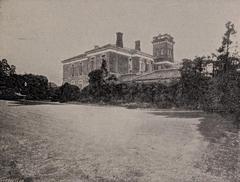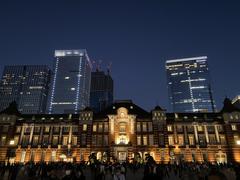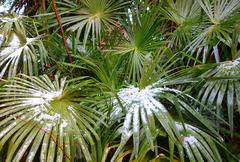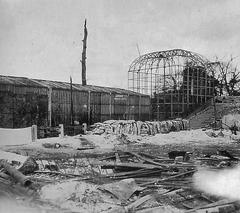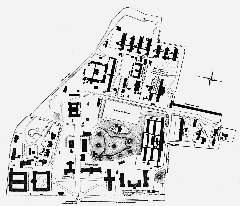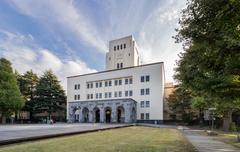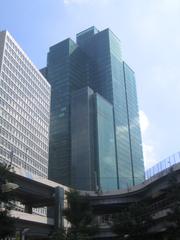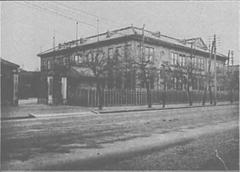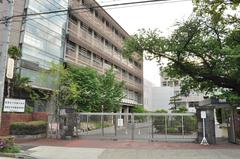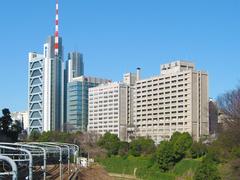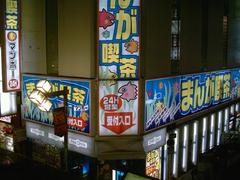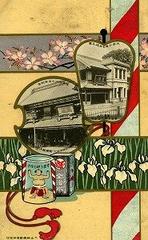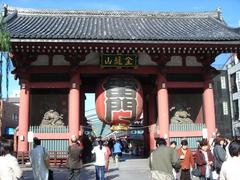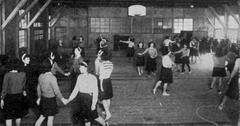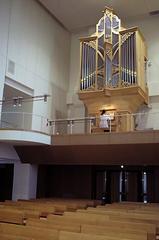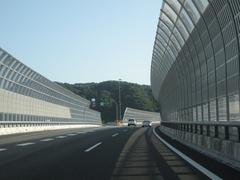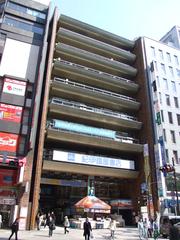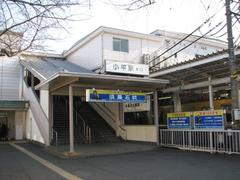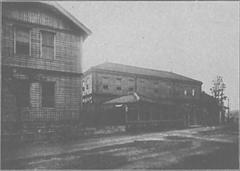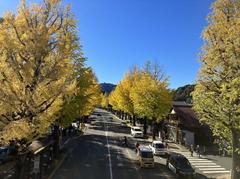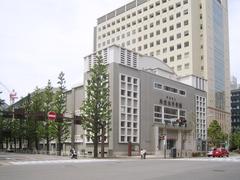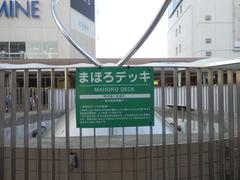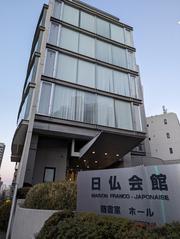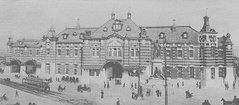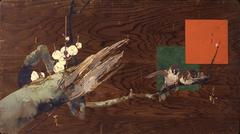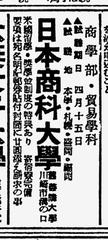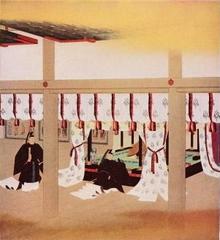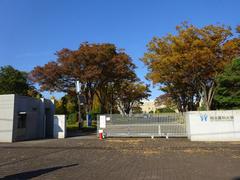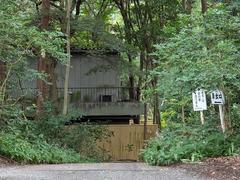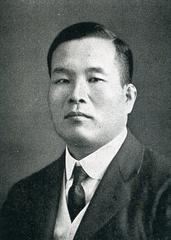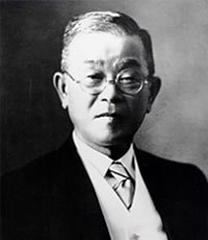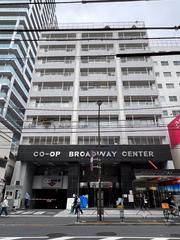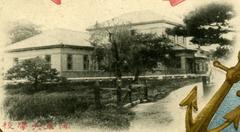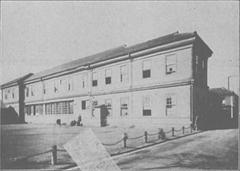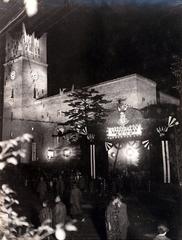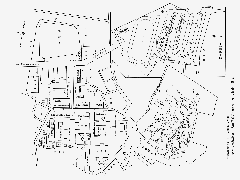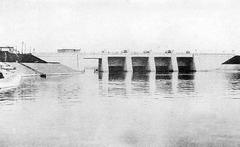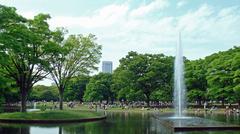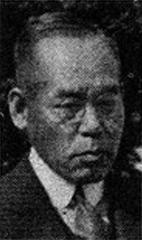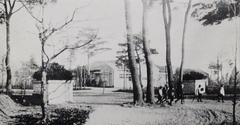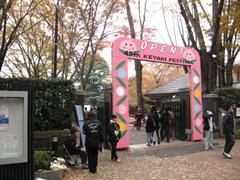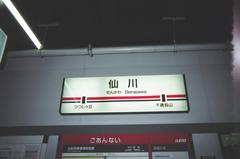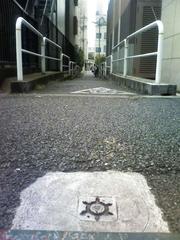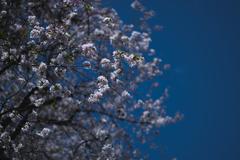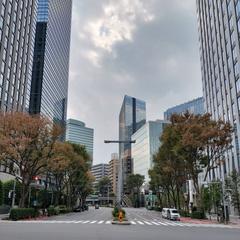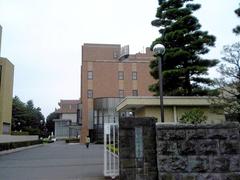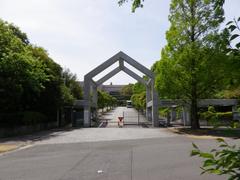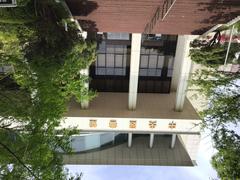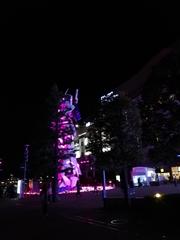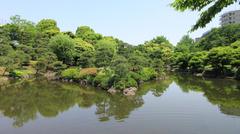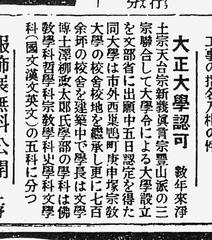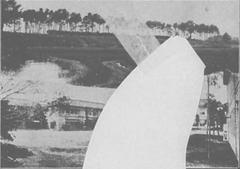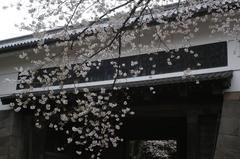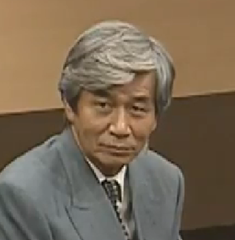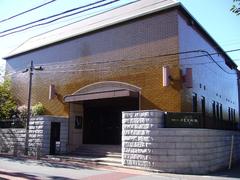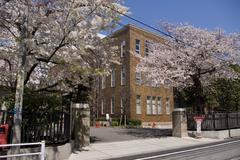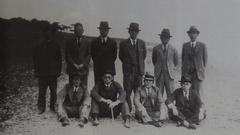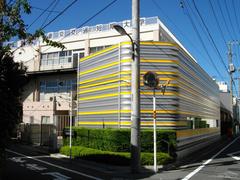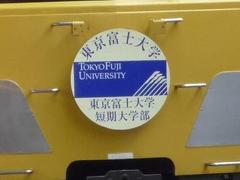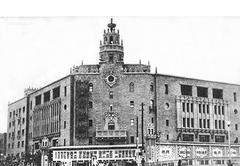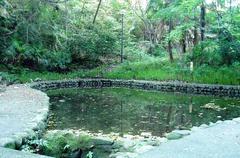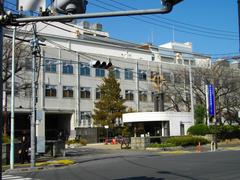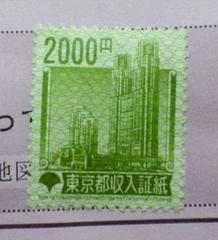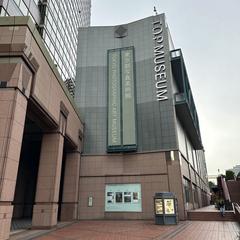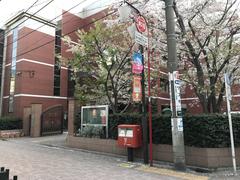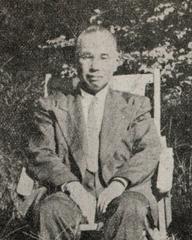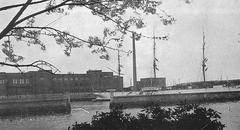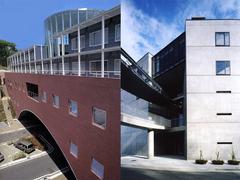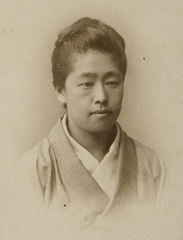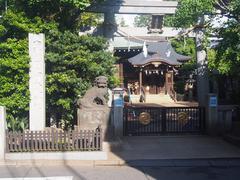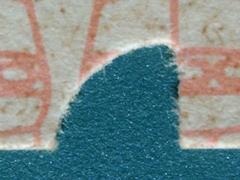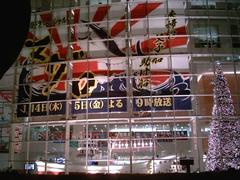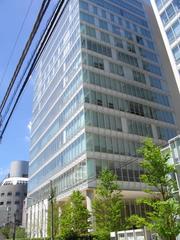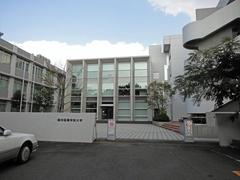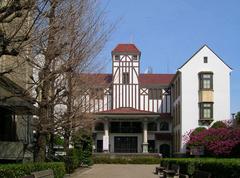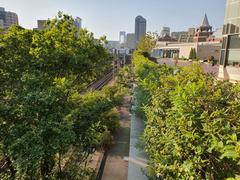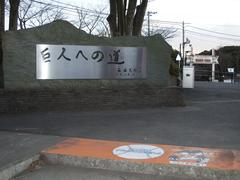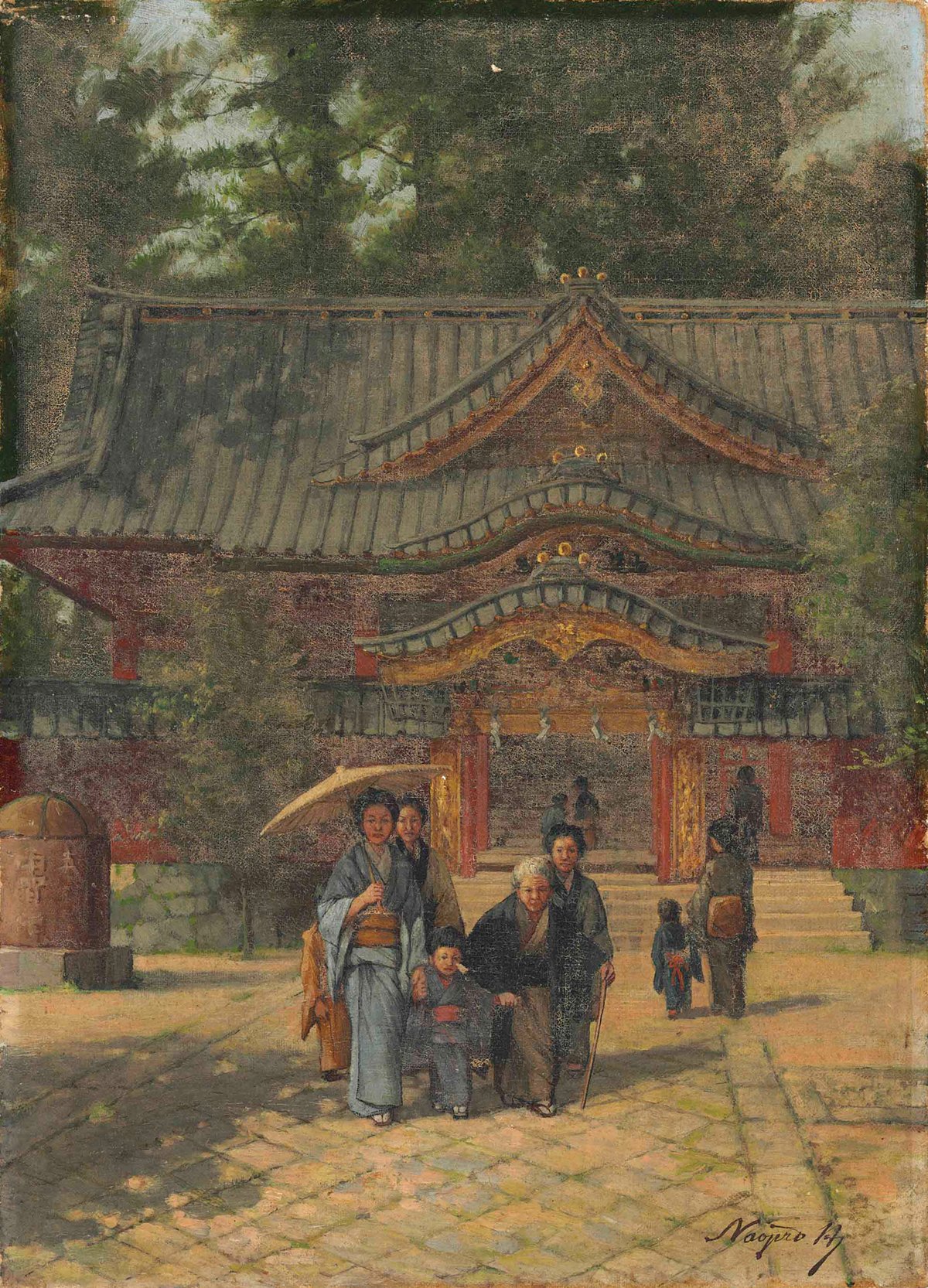
Ueno Tōshō-gū Shrine: Visiting Hours, Tickets, and Historical Significance
Date: 18/07/2024
Introduction
Situated in the vibrant Ueno Park of Tokyo, Ueno Tōshō-gū Shrine is more than just a historical monument; it is a window into Japan’s rich cultural and spiritual past. Established in 1627 by Tokugawa Hidetada, the shrine was dedicated to his father, Tokugawa Ieyasu, the formidable shogun who unified Japan after a period of civil strife. The shrine not only serves as a place of worship but also as a testament to the architectural grandeur of the Edo period, featuring the Gongen-zukuri style, a harmonious blend of Shinto and Buddhist elements (source).
Ueno Tōshō-gū Shrine stands as a reflection of the Tokugawa shogunate’s political acumen and cultural sophistication. Its ornate structures, such as the Karamon Gate and the Honden, are adorned with intricate carvings and vibrant colors, symbolizing the opulence of the era. The shrine has weathered various historical changes, including the Meiji era’s separation of Shinto and Buddhism, yet it remains a significant cultural and religious site, attracting visitors from around the world (source).
This guide aims to provide a comprehensive overview of Ueno Tōshō-gū Shrine, covering its historical background, architectural marvels, practical visitor information, and tips for making the most of your visit. Whether you’re a history enthusiast, an architecture aficionado, or a curious traveler, Ueno Tōshō-gū Shrine offers a captivating journey through Japan’s rich heritage.
Table of Contents
- Introduction
- Explore Ueno Tōshō-gū Shrine
- Discover the Architectural Marvels of Ueno Tōshō-gū Shrine
- Conclusion
- Sources
Explore Ueno Tōshō-gū Shrine: Visiting Hours, Tickets, and Historical Insights
Ueno Tōshō-gū, nestled within the bustling Ueno Park of Tokyo, stands as a magnificent testament to Japanese history and culture. More than just a beautiful landmark, the shrine offers a glimpse into the nation’s rich past and spiritual beliefs.
Historical Background and Cultural Significance
Early History and Dedication
The story of Ueno Tōshō-gū begins in the early 17th century, shortly after the death of Tokugawa Ieyasu, the powerful shogun who unified Japan after centuries of civil war. Revered as a demigod, he was posthumously bestowed with the divine name Tōshō Daigongen, signifying his status as the “Great Deity of the East Shining Light.”
In 1627, the shrine was established within Ueno Park by Tokugawa Hidetada, Ieyasu’s son and successor, to commemorate his father’s legacy. This act was not merely an act of filial piety but also a shrewd political move. By enshrining his father and associating him with the revered sun goddess Amaterasu, Hidetada aimed to legitimize the Tokugawa shogunate and solidify its power.
Architectural Splendor and Symbolism
Ueno Tōshō-gū is a stunning example of Gongen-zukuri style architecture, a unique blend of Shinto and Buddhist architectural elements prevalent during the early Edo period. This style, characterized by its ornate carvings, vibrant colors, and use of gold leaf, reflects the opulence and grandeur of the Tokugawa era.
The shrine complex itself is a microcosm of symbolic structures, each imbued with meaning:
- Karamon (Chinese Gate): The main entrance, adorned with intricate carvings of mythical creatures like dragons and lions, symbolizes a transition into a sacred space.
- Honden (Main Hall): The most sacred building, where the spirit of Tokugawa Ieyasu is enshrined. Its elaborate design, featuring gold leaf, lacquerwork, and colorful paintings, reflects Ieyasu’s elevated divine status.
- Heiden (Hall of Worship): Connected to the Honden by a covered corridor, this hall served as a space for prayers and offerings.
- Stone Lanterns: Hundreds of stone lanterns line the pathways, many donated by powerful feudal lords, demonstrating their allegiance to the Tokugawa regime.
Ueno Tōshō-gū Through the Ages
Over the centuries, Ueno Tōshō-gū has weathered its share of historical storms. While it escaped the widespread destruction of World War II, the Meiji era (1868-1912) brought about significant changes. The government’s policy of separating Shinto and Buddhism led to the removal of some Buddhist elements from the shrine.
Despite these changes, Ueno Tōshō-gū remains a significant cultural and religious site. It is designated as an Important Cultural Property of Japan, attracting visitors from all over the world who come to admire its architectural beauty and delve into its historical significance.
Practical Visitor Information
Visiting Hours
Ueno Tōshō-gū Shrine is open daily from 9:00 AM to 4:30 PM. However, visiting hours may vary during special events and festivals, so it is advisable to check the official website for the most up-to-date information.
Ticket Information
Admission to the shrine grounds is free. However, there may be fees for special exhibitions or access to certain parts of the shrine complex. Tickets can be purchased at the entrance or online.
Nearby Attractions
Ueno Park is home to several other attractions that visitors can enjoy, including the Tokyo National Museum, Ueno Zoo, and Shinobazu Pond. The park itself is a beautiful place to stroll, especially during cherry blossom season.
Travel Tips
- Getting There: Ueno Tōshō-gū is conveniently located near Ueno Station, which is accessible via JR lines, Tokyo Metro, and Keisei Electric Railway.
- Best Time to Visit: Spring and autumn are ideal times to visit, with the Peony Festival in spring and the Chrysanthemum Festival in autumn offering vibrant displays and cultural performances.
- Photography: The shrine’s architecture and surrounding gardens provide excellent photo opportunities. Be respectful and mindful of signs indicating where photography is not allowed.
Special Events and Guided Tours
Ueno Tōshō-gū hosts several annual events that highlight Japan’s cultural heritage. The Peony Festival in spring and the Chrysanthemum Festival in autumn are particularly popular. Guided tours are available for those interested in a deeper historical and cultural understanding of the shrine. Check the official website for tour schedules and booking information.
Frequently Asked Questions (FAQ)
- What are the visiting hours for Ueno Tōshō-gū?
- The shrine is open daily from 9:00 AM to 4:30 PM, though hours may vary during special events.
- How much are tickets for Ueno Tōshō-gū?
- Admission to the grounds is free, but fees may apply for special exhibitions or certain areas.
- Can I take photos at Ueno Tōshō-gū?
- Yes, but please be respectful of signs indicating where photography is not allowed.
Discover the Architectural Marvels of Ueno Tōshō-gū Shrine: History, Design, and Visitor Tips
Ueno Tōshō-gū Shrine, a harmonious blend of vibrant colors, intricate carvings, and traditional Japanese architecture, stands as a testament to the artistic and architectural prowess of the Edo period. Designated as an Important Cultural Property of Japan, the shrine’s design elements offer a glimpse into the grandeur and opulence of the Tokugawa shogunate.
The Karamon Gate - A Grand Entrance
The journey into the shrine’s sacred grounds begins at the Karamon Gate (唐門), an architectural masterpiece in its own right. This elaborately decorated gate, built in the flamboyant Momoyama style (桃山様式), welcomes visitors with a riot of colors and intricate carvings.
- Intricate Carvings: The Karamon Gate is renowned for its intricate carvings of mythical creatures, flowers, and auspicious symbols. Dragons, phoenixes, and lions, meticulously carved from wood, adorn the gate, symbolizing power, prosperity, and protection.
- Vibrant Colors: The gate’s vibrant colors, primarily red, gold, and green, are characteristic of the Momoyama period’s aesthetic sensibilities. These colors, achieved using traditional Japanese pigments, have retained their vibrancy over the centuries.
The Honden - The Heart of the Shrine
The Honden (本殿), the main hall of the shrine, is the most sacred building within the complex and a prime example of Gongen-zukuri style (権現造) architecture.
- Gongen-zukuri Style: The Honden’s Gongen-zukuri style is evident in its complex roof structure, the use of hip-and-gable roofs (irimoya-zukuri 入母屋造), and the elaborate carvings that adorn the building’s exterior.
- Lavish Decorations: The Honden’s exterior is richly decorated with gold leaf, lacquer, and intricate carvings. These decorations, depicting mythical creatures, flowers, and auspicious symbols, reflect the opulence and grandeur of the Tokugawa shogunate.
The Haiden - A Place for Worship
The Haiden (拝殿), or the oratory, is situated in front of the Honden and serves as a space for worship and offerings. Connected to the Honden by a short passageway known as the Ishinoma (石の間), the Haiden’s design complements the main hall while maintaining its distinct architectural features.
- Harmonious Design: The Haiden’s design echoes the Honden’s architectural style, creating a sense of visual harmony within the shrine complex. The use of similar roof structures, decorative elements, and color palettes unifies the two buildings.
- Open Structure: Unlike the Honden, which is closed to the public, the Haiden features a more open structure, allowing visitors to glimpse the intricate carvings and decorations of the main hall from a distance.
The Chinese Influence - A Nod to Cultural Exchange
While Ueno Tōshō-gū Shrine embodies traditional Japanese architectural styles, it also reveals subtle influences from China, reflecting the cultural exchange between the two nations during the Edo period.
- Karamon Gate Design: The Karamon Gate’s elaborate carvings and vibrant colors are reminiscent of Chinese architectural styles, particularly those found in temples and palaces.
- Rooftop Decorations: The use of mythical creatures, such as dragons and phoenixes, as decorative elements on the rooftops of the Honden and Haiden also points to Chinese architectural influences.
The Use of Materials - Durability and Beauty
The shrine’s architects carefully selected materials for their durability and aesthetic appeal, ensuring the longevity and visual splendor of the structures.
- Cypress Wood: Cypress wood (hinoki 檜), known for its durability, fragrance, and resistance to insects and decay, forms the structural framework of the shrine buildings.
- Gold Leaf: The lavish use of gold leaf (kinpaku 金箔) on the Honden’s exterior, a hallmark of the Momoyama period’s architectural extravagance, adds a layer of opulence and grandeur to the shrine.
- Lacquer: Japanese lacquer (urushi 漆), renowned for its durability and lustrous finish, coats many of the shrine’s decorative elements, enhancing their visual impact and preserving them for generations.
The Gardens - A Tranquil Oasis
The shrine grounds are not limited to architectural marvels; they also encompass serene gardens that offer a tranquil escape from the bustling city.
- Peony Garden: The Peony Garden (Botan-en ボタン園), renowned for its collection of over 500 peony plants representing 120 different varieties, bursts into a riot of colors in spring, attracting locals and tourists alike.
- Stone Lanterns: Stone lanterns (ishidōrō 石灯籠), strategically placed throughout the gardens, add an air of tranquility and serenity to the surroundings. These lanterns, often donated by feudal lords and wealthy merchants, reflect the shrine’s historical significance.
Preservation Efforts - Safeguarding a Legacy
Over the centuries, Ueno Tōshō-gū Shrine has undergone meticulous preservation and restoration efforts to safeguard its architectural legacy for future generations.
- Regular Maintenance: The shrine undergoes regular maintenance, including cleaning, repairs, and the re-application of lacquer and gold leaf, to preserve its structural integrity and visual splendor.
- Earthquake Resistance: Following the Great Kanto Earthquake of 1923, the shrine underwent significant renovations to enhance its earthquake resistance, ensuring its survival against future seismic events.
Conclusion
Ueno Tōshō-gū Shrine, with its harmonious blend of architectural styles, intricate carvings, vibrant colors, and tranquil gardens, offers a captivating journey into Japan’s rich artistic and cultural heritage. The shrine’s architectural features and design elements, meticulously preserved for over four centuries, continue to inspire awe and wonder in visitors from around the globe. Whether you’re a history buff, an architecture enthusiast, or simply seeking a peaceful retreat, Ueno Tōshō-gū Shrine is a must-visit destination in Tokyo.
